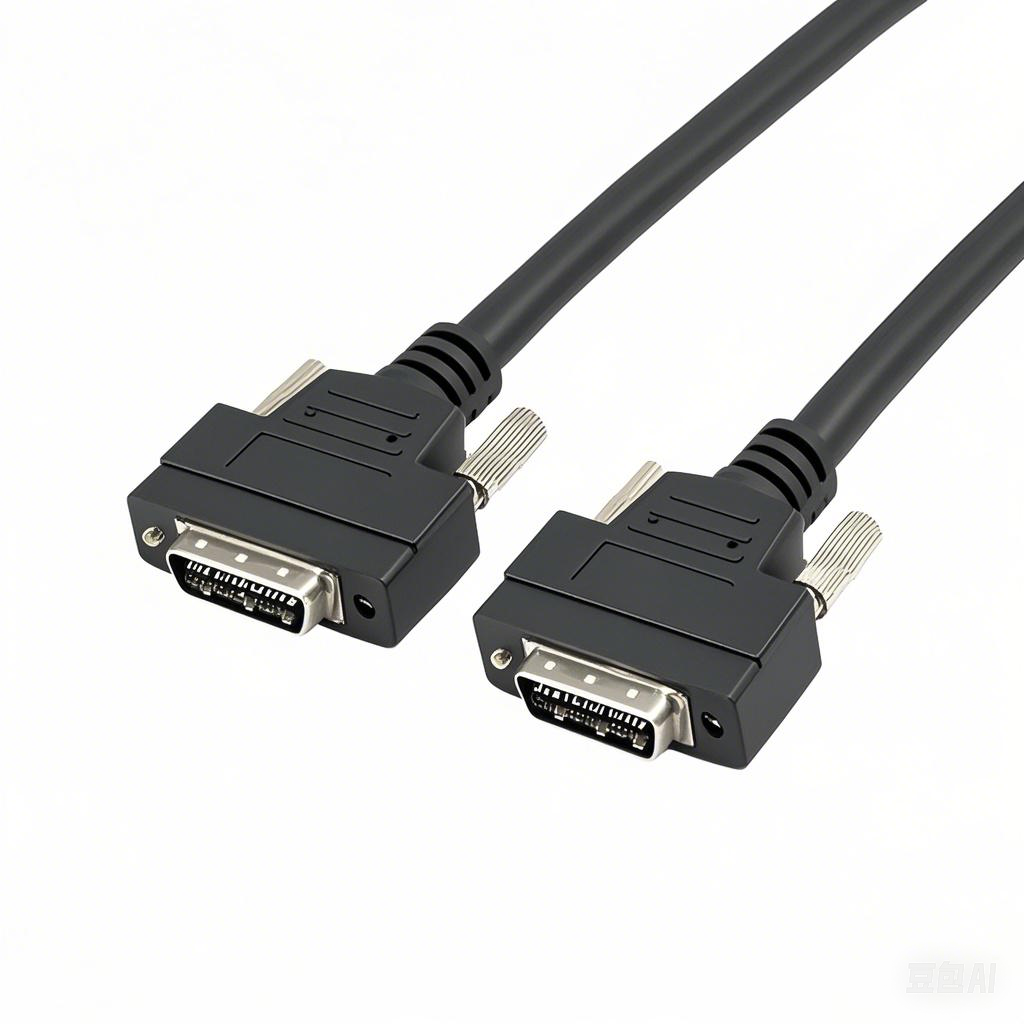What is the maximum temperature a machine cable can withstand
Machine cables play a vital role in numerous industrial setups, and understanding the maximum temperature they can withstand is key to guaranteeing the safe and efficient running of equipment. The ability of a machine cable to endure high temperatures depends on multiple factors, and getting a clear grasp of these is essential for making informed decisions in industrial applications.
Factors Affecting the Maximum Temperature Resistance of Machine Cables
- Insulation Material:The insulation material is a primary factor determining the maximum temperature a machine cable can withstand. Different materials have distinct thermal resistance properties. For example, PVC (Polyvinyl Chloride) is a commonly used insulation material, but its heat resistance is relatively limited. On the other hand, materials like XLPE (Cross-Linked Polyethylene) and silicone rubber offer better high-temperature resistance.
- Conductor Specification:The size and type of the conductor also impact the cable’s temperature tolerance. Larger conductors have better heat dissipation capabilities, allowing them to handle higher temperatures compared to smaller ones. Conductors made of high-quality materials with good thermal conductivity can also contribute to improved temperature resistance.
- Environmental Conditions:The surrounding environment where the cable is installed plays a significant role. High ambient temperatures, high humidity, and exposure to corrosive chemicals can all reduce the cable’s ability to withstand heat. For instance, in a hot industrial workshop with high humidity, the cable’s insulation may deteriorate faster, lowering its maximum temperature resistance.
- Application Scenarios:The specific application scenario affects the cable’s temperature exposure. Cables used in equipment that generates a lot of heat, such as motors and furnaces, will be subjected to higher temperatures than those used in less heat-intensive environments. Additionally, factors like current load and vibration in the application can also influence the cable’s thermal performance.
Typical Temperature Ranges of Machine Cables with Different Materials
- PVC Insulated Cables:These are widely used in general industrial applications. Typically, they can withstand temperatures ranging from -15°C to 70°C. Beyond 70°C, the insulation may start to soften, leading to reduced insulation performance and potential short circuits.
- XLPE Insulated Cables:XLPE has better thermal stability than PVC. They can usually operate in temperatures from -40°C to 90°C. This makes them suitable for applications where higher temperatures are encountered, such as in some power transmission systems.
- Silicone Rubber Insulated Cables:Silicone rubber is known for its excellent high-temperature resistance. These cables can withstand temperatures up to 180°C, and some specially designed ones can even handle higher temperatures for short periods. They are commonly used in high-temperature environments like industrial ovens and aerospace equipment.
Testing Standards for Machine Cable Temperature Resistance
To ensure the reliability of machine cables in terms of temperature resistance, various international testing standards are followed. Standards set by organizations such as UL (Underwriters Laboratories) and IEC (International Electrotechnical Commission) provide guidelines for testing the maximum temperature a cable can withstand. These tests involve subjecting the cable to controlled high-temperature environments for specific durations to evaluate its insulation integrity, conductor performance, and overall functionality.
Choosing the Right Machine Cable Based on Temperature Requirements
When selecting a machine cable, it is crucial to consider the maximum temperature it will be exposed to in the intended application. First, assess the ambient temperature and the heat generated by the equipment. Then, match this with the temperature range of the cable’s insulation material. For high-temperature applications, prioritize cables with insulation materials like silicone rubber or XLPE. Also, take into account other environmental factors such as humidity and chemical exposure to ensure the cable’s long-term performance.
In conclusion, the maximum temperature a machine cable can withstand is determined by a combination of insulation material, conductor specification, environmental conditions, and application scenarios. By understanding these factors and referring to the typical temperature ranges of different cable types, along with adhering to relevant testing standards, you can select the appropriate machine cable to ensure the safe and efficient operation of industrial equipment.











